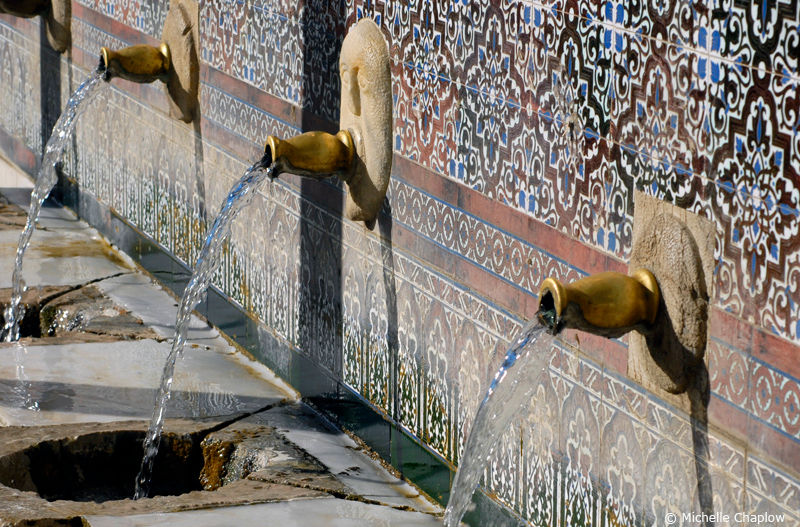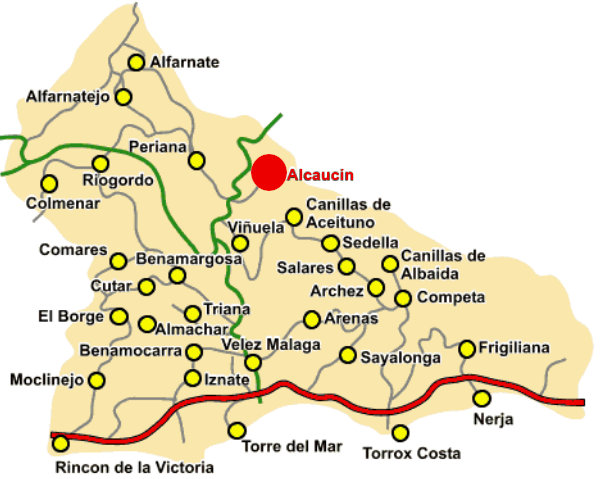-
20
Mar 2019
Alcaucín

Driving around La Viñuela area of the rural mountain region of La Axarquia in Malaga province offers the delights of villages such as picturesque Alcaucin. Located at the foot of the Sierra de Tejeda mountains, this remote white village offers stunning views of Lake Viñuela with the peaks in the distance. With no through traffic, this quiet hamlet has unspoiled, traditional charm.

You can see a historic restored Moorish fountain, La Fuente de los Cinco Caños, with its beautiful tiles and five spouts providing fresh spring water. Alcaucín also has an interesting 16th-century church and a hermitage.
The village of Alcaucín itself has a pretty square (central plaza), home to the Our Lady of the Rosary church, a restored 17th-century building. The views from this Plaza Zalia, with its whitewashed walls lined with potted plants, make the steep climb up more than worthwhile.
Very near the village of Alcaucín are the remains of an ancient Moorish town called Zalia and castle with the same name. The fortifications, situated on a small hill, were originally constructed by the Phoenicians, then used by the Moors, and finally used by the Christian Kings as a prison for their Arabic predecessors.
The town of Alcaucín is also the site of many archaeological finds including remains of Neanderthal civilisation, such as the cave where human remains were found, Boquete de Zafarraya.
Alcaucin is known for its traditional esparto grass handicrafts, while its gastronomy includes tortillas de bacalao con miel (honey and cod omelettes), porridge with garlic, and squash with sardines, accompanied by local sweet moscatel wine, as well as olive oil biscuits. Alcaucin is situated on the scenic gourmet Olive Oil and Mountains Route.
Wildlife
In terms of wildlife, this area is one of the richest in Andalucia - you can see mountain goat, weasel, bobcat, badger and genet; birdwatchers might catch a glimpse of linnet, blackbird, warbler, redstart, skylark and nightingale.
Festivals
If you wish to celebrate with the locals head to Alcaucín on any Spanish holiday or experience one of this village’s unique festivals: the cultural week is held annually in the spring, usually in May; the San Isidro Pilgrimage in the Fortress is held in mid-May; the ‘Virgin de la Inmaculada’ festival takes place at the end of June; the Flamenco Singing Festival is held in summer, usually in August; and the Chestnut Festival held in the autumn.



